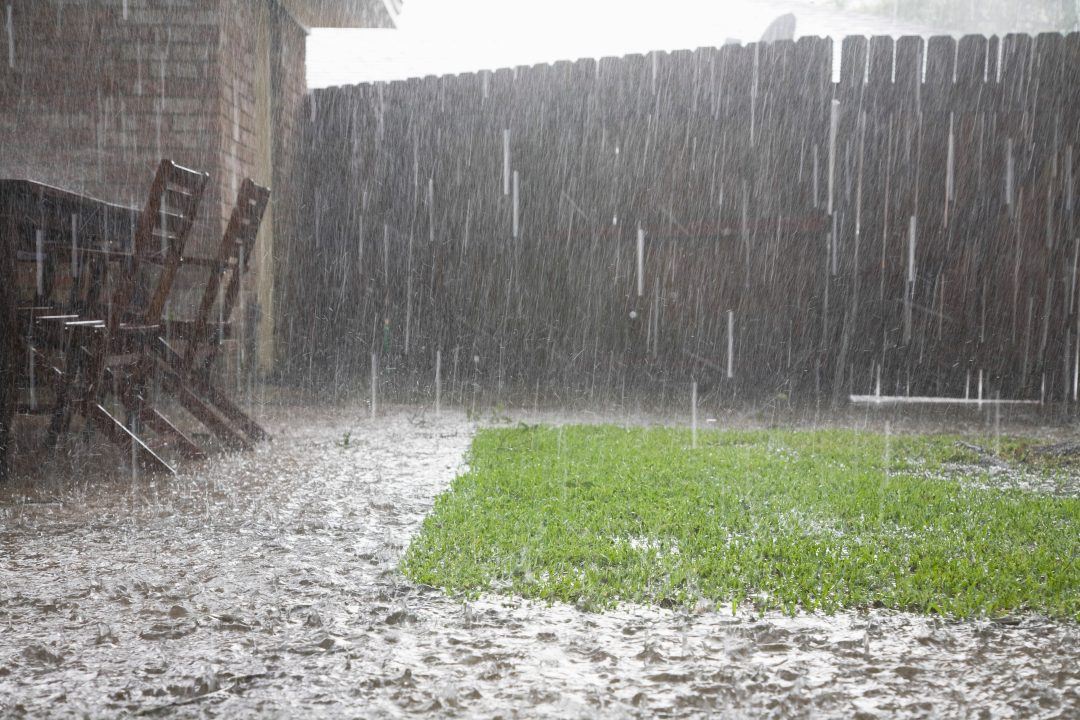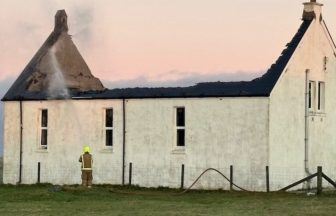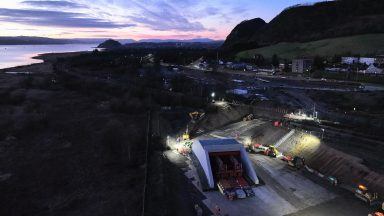Water supplies in ten areas across Scotland have reached “significant scarcity”, the Scottish Environmental Protection Agency (SEPA) has said.
SEPA implemented further abstraction licence restrictions to manage water usage, as prolonged dry conditions continue across the east of the country.
The Lower Spey (covering River Avon and Lower Spey catchments) and Berwickshire (covering Berwickshire coastal and Whiteadder catchments) reached Significant Scarcity on Monday.
It comes after Upper Don, Lower Don, North Fife, Deveron, Ythan, and Lower Tweed catchments were raised to Significant last week.
August brought below-average rainfall across the east of Scotland, with some areas receiving less than a third of the normal amount.
SEPA said Newton of Falkland in Fife has recorded its lowest level in its 28-year record, and Muirton Nature Reserve in Angus also recorded its lowest level in its 17-year record.
Some abstraction licences in these areas have been issued with temporary restrictions, limiting the amount of water that can be taken from the environment.
The agency warned that without sustained rainfall, further catchments are at risk of reaching Significant Scarcity in the coming week.
Which areas in Scotland are suffering from water scarcity?
SEPA’s latest report details that much of the East Coast currently remains at Moderate Scarcity, including the wider Tweed and Ythan catchments, Dee (Aberdeen), Esk (Angus), Firth of Forth, Almond, and Tyne (Lothian).
Thurso, Shin, Conon and Inverness East have been raised to Alert, joining Helmsdale and Orkney.
Away from the east, conditions are improving. The Clyde, Tay and Earn catchments have recovered from Alert to Early Warning thanks to improved soil moisture and river flows.
Much of the southwest has also returned to Normal conditions.
Further catchments are at risk of reaching Significant Scarcity unless they see enough sustained rainfall to recover.
SEPA said these are more defined areas, linked to individual drought risk assessment stations across Scotland.
In the North East, the Findhorn, Findhorn East, South Ugie Water, Lower Dee, Water of Feugh and Lunan Water are all at risk. Further south, the Leven and the East Neuk (Fife), the Tyne (Lothian), Upper Tweed, Mid-Tweed and Lauderdale could also be raised to Significant.
How did we get here?
SEPA say the current situation is the result of “prolonged, cumulative pressures on Scotland’s water environment”.
A dry autumn and winter in 2024/2025 meant rivers and groundwater did not receive their usual recharge, and a lack of snow over the winter denied eastern rivers the gradual spring replenishment that snowmelt normally brings.
Every month of 2025 so far has recorded below-average rainfall in the east, leaving rivers increasingly vulnerable.
While the west of Scotland saw some improvement after heavy rain earlier in the summer, those gains have not been sustained, and conditions there are also beginning to deteriorate.
Rain is forecast for parts of Scotland over the coming days, with showers expected on Thursday and Friday and heavier, more widespread rain likely in the north east on Saturday.
However, it remains uncertain whether this will provide meaningful relief to rivers that have been under sustained pressure for months.
David Harley, SEPA’s head of Water and Planning, said: “This situation has been developing over many months. Groundwater, which usually recharges over the wetter months, and spring snowmelt are like a bank account that rivers can normally draw on to keep flowing through the summer.
“This year, that account is running dry, leaving rivers without their usual baseflow. For example, the Lower Spey hasn’t had this many low-flow days since 1972. That’s having real impacts on people, businesses and the environment.
“Our decisions are guided by science and data, and our DRAT station monitoring plays a critical role in our ability to respond quickly, fairly and proportionately.
“Our ongoing monitoring over the summer has enabled us to anticipate risks and engage early with abstracters, ensuring that restrictions on water abstraction were implemented only when absolutely required.
“These will be lifted as soon as the situation changes and we are confident that rivers have recovered sufficiently.”
Follow STV News on WhatsApp
Scan the QR code on your mobile device for all the latest news from around the country


 Adobe Stock
Adobe Stock
























